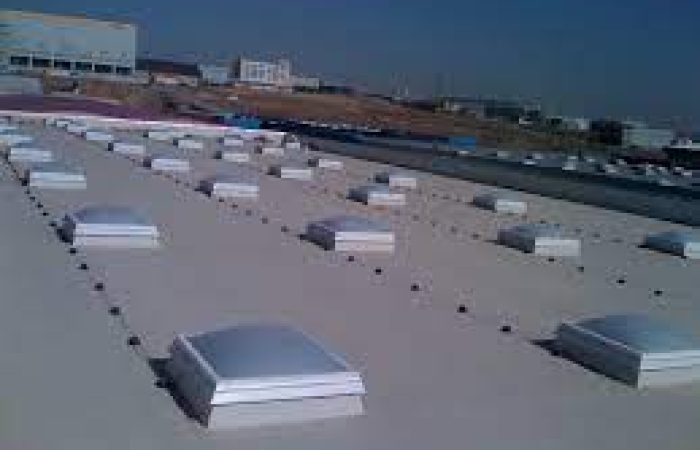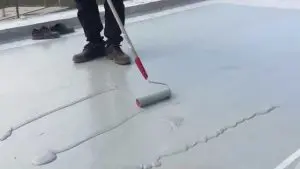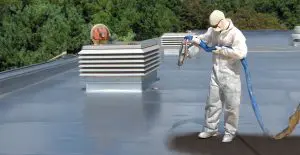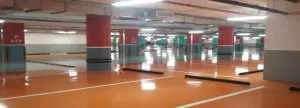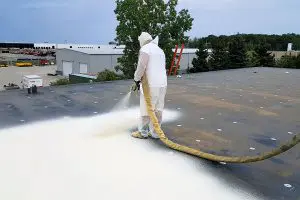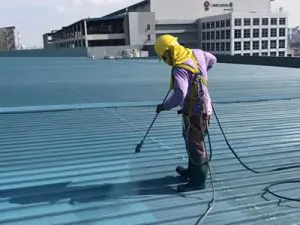PVC membrane is a highly durable and cost-effective roofing solution that has become increasingly popular in recent years. It is a type of roofing membrane that is made from polyvinyl chloride (PVC) and is designed to provide long-lasting protection against the elements. In this article, we will explore the uses of PVC membrane, what it is made of, and how it is installed.
What is the use of PVC membrane?
PVC membrane is primarily used for roofing applications. It is a highly effective solution for both commercial and residential roofing projects. PVC membrane is especially popular in areas with extreme weather conditions, such as heavy rainfall, high winds, and extreme temperatures. This is because PVC membrane is highly resistant to water, wind, and UV radiation. It is also an ideal solution for flat or low-slope roofs.
What is PVC membrane made of?
PVC membrane is made from a thermoplastic polymer called polyvinyl chloride (PVC). PVC is a durable and flexible material that is resistant to many chemicals, UV radiation, and weathering. The membrane is made by heating and melting PVC resin, plasticizers, stabilizers, and other additives together, and then extruding the mixture into thin sheets. The sheets are then rolled and cut to size, ready for installation.
How is PVC membrane installed?
PVC membrane is installed using one of two methods: mechanically attached or fully adhered. In the mechanically attached method, the membrane is fastened to the roof substrate using screws or other mechanical fasteners. This method is suitable for roofs with a slope of at least 1/4 inch per foot. The fully adhered method involves gluing the membrane to the substrate using an adhesive. This method is suitable for roofs with a slope of less than 1/4 inch per foot.
Before installation, the roof substrate must be cleaned and prepared to ensure proper adhesion of the membrane. The membrane is then laid out on the roof and secured in place using either mechanical fasteners or adhesive, depending on the installation method. The seams between the sheets of membrane are then sealed using a hot air gun or solvent welding to ensure a watertight seal.
In conclusion, PVC membrane is a highly durable and cost-effective roofing solution that is ideal for commercial and residential roofing projects. It is made from polyvinyl chloride (PVC) and is highly resistant to water, wind, UV radiation, and chemicals. PVC membrane can be installed using either a mechanically attached or fully adhered method, depending on the slope of the roof. Proper installation is crucial to ensure the membrane provides long-lasting protection against the elements. If you’re interested in installing PVC membrane for your roofing needs, be sure to consult with a qualified roofing contractor to ensure proper installation and maintenance.

